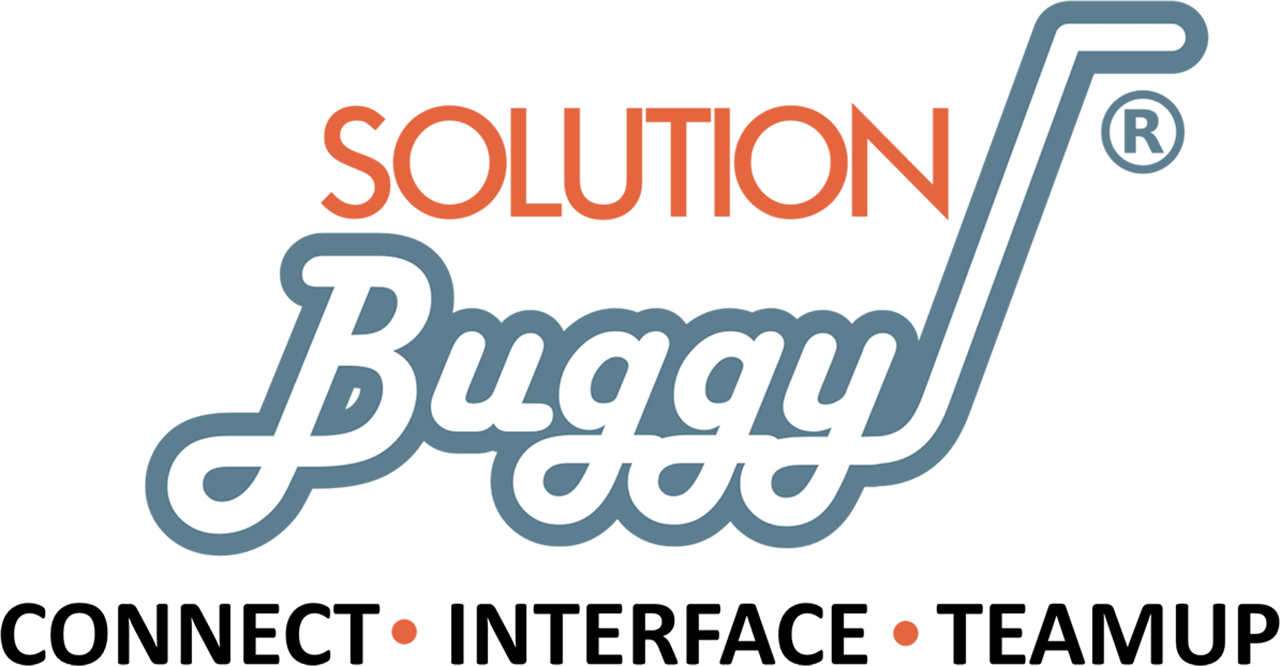Step 1: Define WIP Components
Identify the different stages in your manufacturing process where work is in progress. This could include raw materials waiting to be processed, partially completed assemblies, or products awaiting quality checks.
Step 2: Assign Costs to Each WIP Component
Allocate direct and indirect costs to each WIP component. Direct costs include raw materials and direct labor, while indirect costs encompass overhead expenses associated with the production process.
Step 3: Track WIP Inventory Levels
Regularly monitor the quantity and value of goods at each stage of production. Utilize inventory management systems or software to streamline this process and ensure accuracy.
Step 4: Calculate WIP Value
To calculate the value of WIP, multiply the quantity of units in each stage of production by their respective unit costs. Sum up these values across all stages to get the total WIP value.
WIP=∑(Quantity of Units×Unit Cost)


